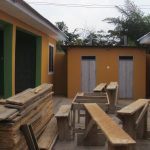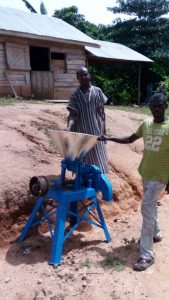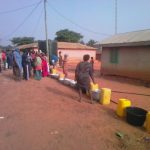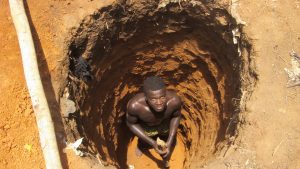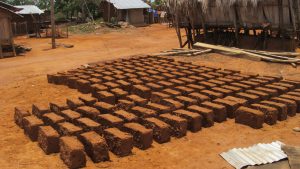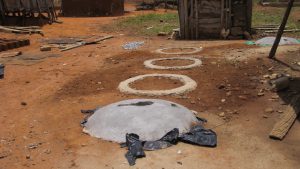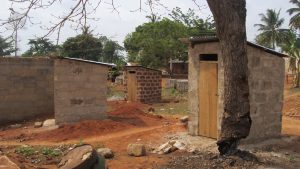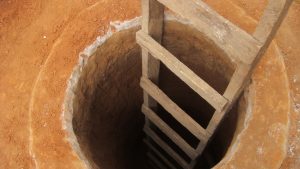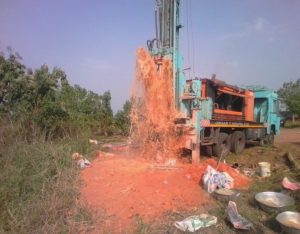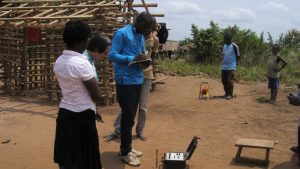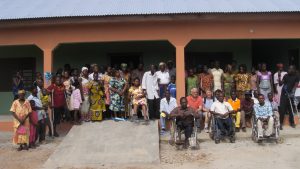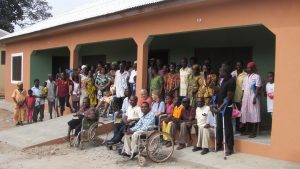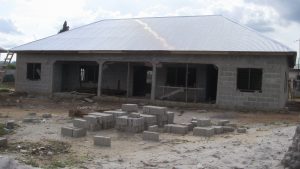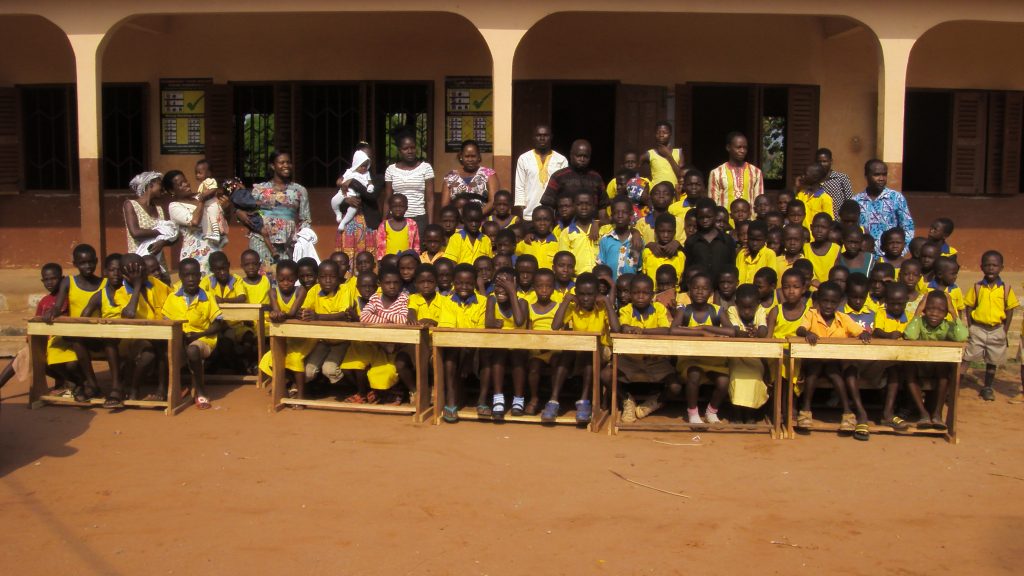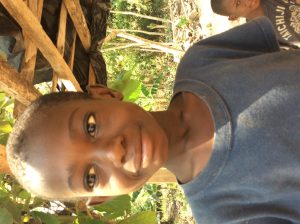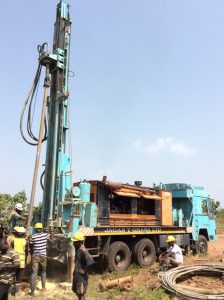We’ve just finished one of our biggest ever projects – the construction of a clinic (our third) on the northern road to Aframso. The Chiefs of Ankamadua and Amoaman villages allocated land at the borders of each one’s territory, so half the building was situated on each side. People from both villages carried out the unskilled work, while the women provided food for the workers.
The clinic is staffed by a midwife, medical assistant/staff nurse, two nurses and two community health nurses.
Where there is no medical care, people can suffer considerably, dying quickly of snake bite, for example. Women experiencing a difficult childbirth are often taken by motor bike to their nearest clinic, sometimes dying on arrival. During the course of the project Nicholas Aboagye, who supervised the work, drove one woman to the clinic, who gave birth in the back of his car.
It’s no wonder, then, that everyone was so happy to have a clinic near to hand. A big opening ceremony was organised, as you can see from the photos.




